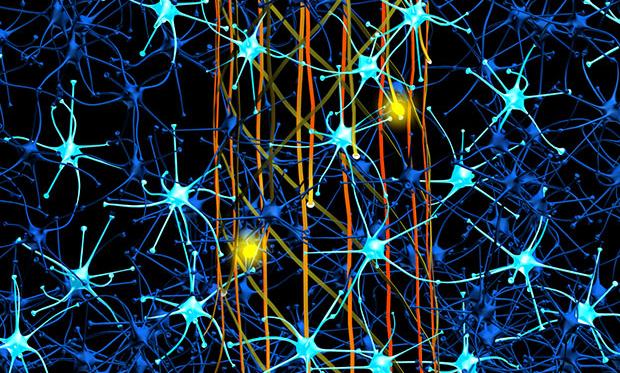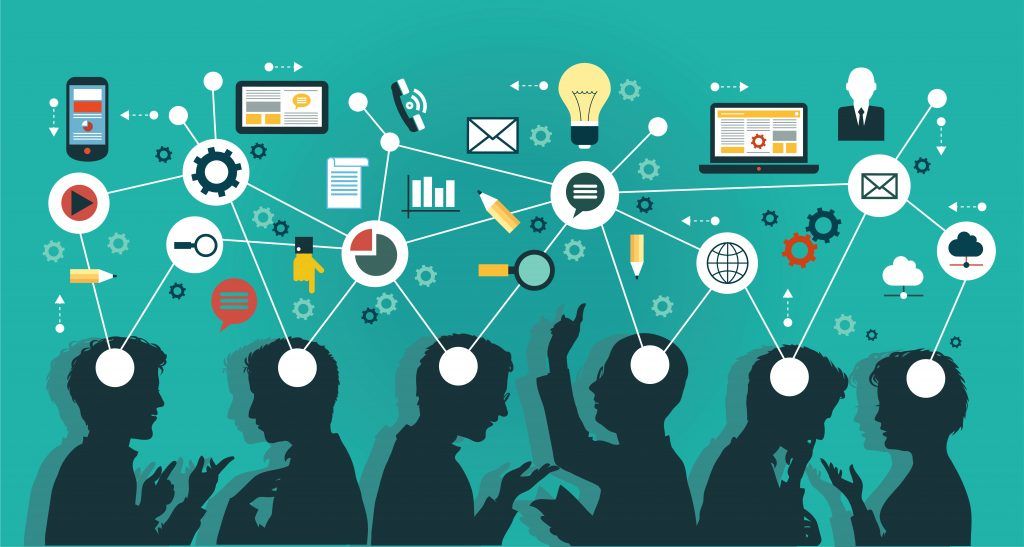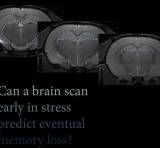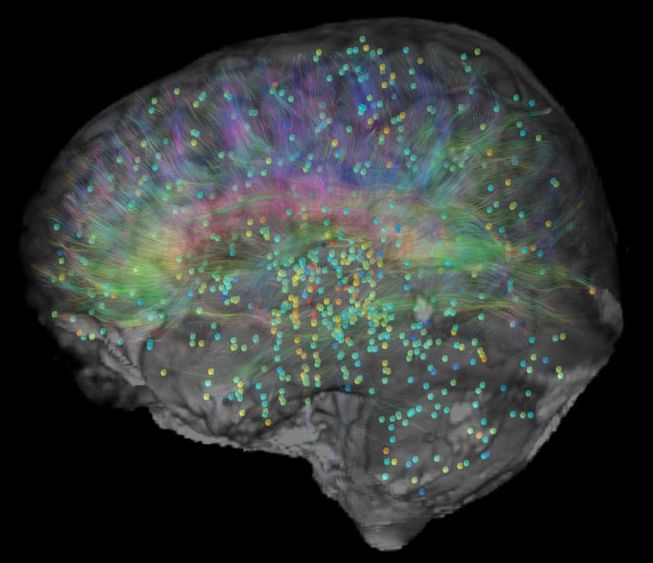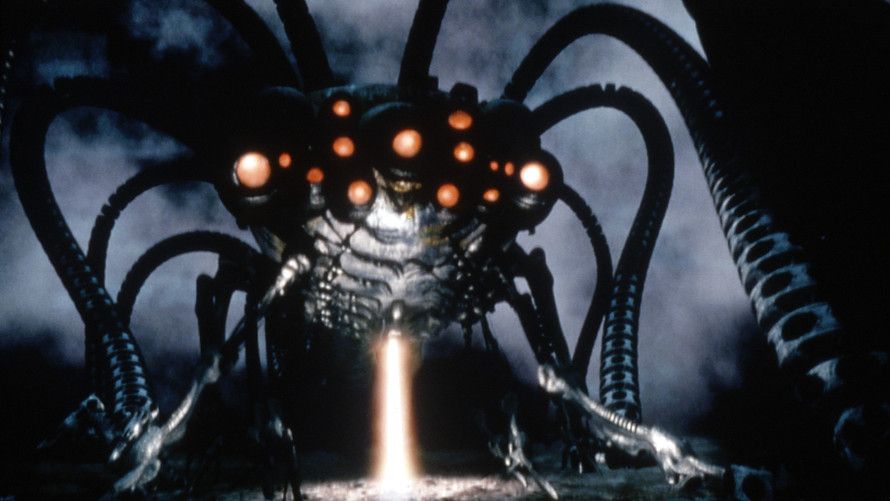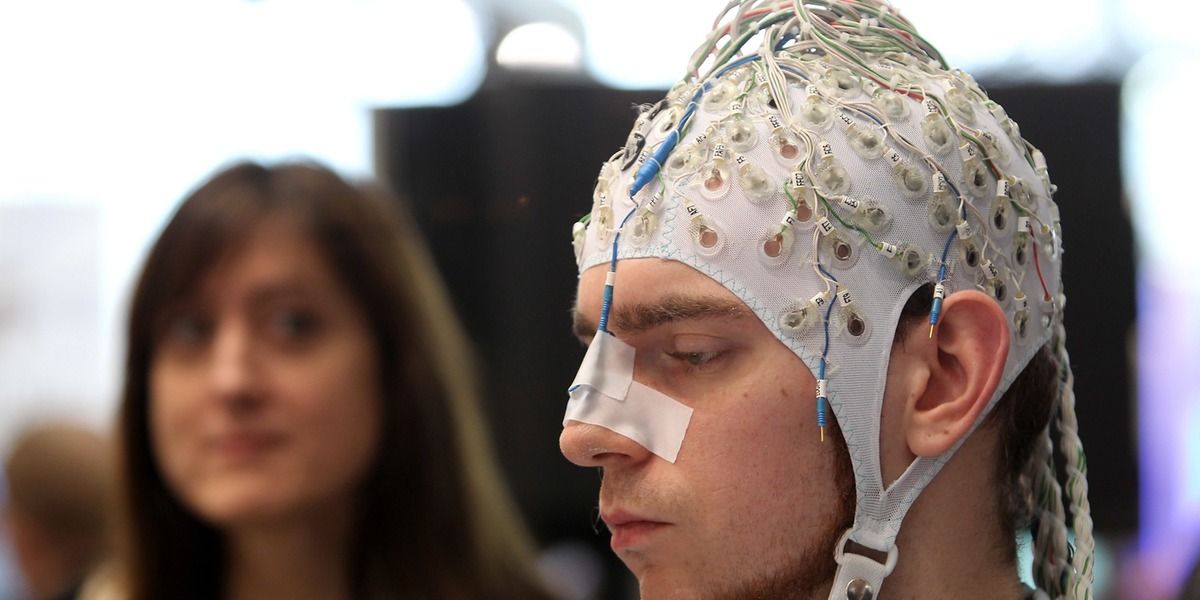Archive for the ‘neuroscience’ category: Page 915
Aug 30, 2016
Elon Musk Is “Making Progress” on a Neural Lace Brain Hack
Posted by Shailesh Prasad in categories: Elon Musk, neuroscience

“Creating a neural lace is the thing that really matters for humanity to achieve symbiosis with machines,” Musk wrote.
Aug 30, 2016
A new study looks for the cortical conscious network
Posted by Shailesh Prasad in categories: biotech/medical, mathematics, neuroscience, physics
New research published in the New Journal of Physics tries to decompose the structural layers of the cortical network to different hierarchies enabling to identify the network’s nucleus, from which our consciousness could emerge.
The brain is a very complex network, with approximately 100 billion neurons and 100 trillion synapses between the neurons. In order to cope with its enormous complexity and to understand how brain function eventually creates the conscious mind, science uses advanced mathematical tools. Ultimately, scientists want to understand how a global phenomenon such as consciousness can emerge from our neuronal network.
A team of physicists from Bar Ilan University in Israel led by Professor Shlomo Havlin and Professor Reuven Cohen used network theory in order to deal with this complexity and to determine how the structure of the human cortical network can support complex data integration and conscious activity. The gray area of the human cortex, the neuron cell bodies, were scanned with MRI imaging and used to form 1000 nodes in the cortical network. The white matter of the human cortex, the neuron bundles, were scanned with DTI imaging, forming 15,000 links or edges that connected the network’s nodes. In the end of this process, their network was an approximation of the structure of the human cortex.
Aug 29, 2016
We Need To Switch Our Mental Models From Hierarchies To Networks
Posted by Shailesh Prasad in categories: business, neuroscience
Look at these cases one by one and you will see differences in strategy and tactics. While Antioco changed his business strategy, McChrystal transformed his culture. The Route 128 companies sought proprietary competitive advantage, while Silicon Valley companies fed into an open industrial ecosystem. Occupy chose angry rhetoric, while Otpor chose street pranks.
Yet when taken collectively, a different picture emerges. Antioco, the Route 128 firms and Occupy saw hierarchies and framed the challenges they faced in terms of strategy and tactics. McChrystal, the Silicon Valley firms and Otpor, on the other hand, saw networks to integrate with and that made all the difference. What you see determines how you will act.
McChrystal saw that, “to defeat a network, you must become a network.” Silicon Valley saw an ecosystem that needed to be fed. Otpor set out to identify pillars of power— not to knock them out, but to draw them in. So for them, every arrest was a chance to win converts at the police station and those converts, in the end, were what proved to be decisive.
Continue reading “We Need To Switch Our Mental Models From Hierarchies To Networks” »
Aug 28, 2016
The Cyborgs Are Coming: Mankind Is On The Cusp Of Human Brain Augmentation With BrainGate Technology
Posted by Carse Peel in categories: bioengineering, biotech/medical, computing, cyborgs, neuroscience
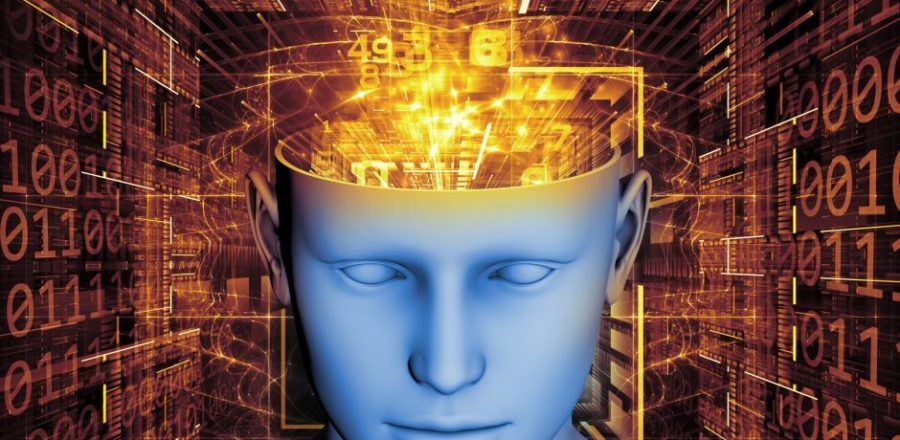
BrainGate technology is no longer the stuff of science fiction. The science of interfacing human brains and other biological neurons with computers has been developing for well over a decade and now, the progress is amazing. While the human mind is an amazing organ, that surpasses any computer ever made. Many fantasize about improving on natural skills and abilities using technology in the form of some sort of brain implant. That dream is about to become a reality. In some ways, it already has according to the BrainGate website.
“BrainGate Company’s current and planned intellectual property (the technology) is based on technology that can sense, transmit, analyze and apply the language of neurons. BrainGate consists of a sensor that is implanted on the motor cortex of the brain and a device that analyzes brain signals.”
Aug 27, 2016
A Brain Circuit to Push Past Nutritional Stress
Posted by Karen Hurst in categories: biological, food, neuroscience
When we go hungry, we have the ability to ignore the urge to eat such that we can carry out the task at hand. It has long been known that the brain is involved in such decisions. But how the brain coordinates the response to nutritional stress so that the body can function normally is not understood very well. Now, researchers from the National Centre for Biological Sciences (NCBS), Bangalore, have discovered a brain circuit that allows fruit flies to take a major .
Aug 27, 2016
As brain maps proliferate, scientists aim to sync them up
Posted by Karen Hurst in categories: biotech/medical, neuroscience
Brain maps seem to come out in rapid succession these days. They take various forms: a map for word concepts, a map of individual cells’ activity, a map based on the organ’s physical contours.
What they share in common is the aspiration to take the lumpy mass of the brain and categorize it, somehow, into useable areas — not unlike the textbook brain images with their colored denotations of “occipital lobe” and “frontal cortex.”
But these maps often come along with a problem: They may not sync up with the other maps. Now a group of scientists have managed to sync up two of the most commonly used types of brain maps — for gene expression and brain structure — and they’re releasing their methods to any and all in the scientific community.
Aug 27, 2016
Brain implants would make ‘The Matrix’ come to life
Posted by Karen Hurst in categories: cyborgs, neuroscience
Los Angeles-based tech company Kernel is working on a ‘memory prosthesis’ to be placed in the hippocampus.
Aug 27, 2016
HAARP Opens Doors To Conspiracy Theorists To Prove “It Is Not Capable Of Mind Control”
Posted by Karen Hurst in categories: habitats, neuroscience
Did anyone from Lifeboat attend today’s HAARP’s open house in Alaska today?
HAARP, aka the High Frequency Active Auroral Research Program, lives out a quiet existence in the middle of the Alaskan wilderness. But for one reason or another, this ionospheric research facility has become the favorite scratching post for conspiracy theorists – attracting accusations of being a weather-altering superweapon, the force behind chemtrails, and even a mind-control device.
The new management of HAARP – The University of Alaska Fairbanks – aren’t too happy with these claims. So this Saturday, they’re opening its doors and inviting the public to come visit the facility for free. The open house will include facility tours, a mobile planetarium, a permafrost exhibit, science talks, and a barbecue.
“We hope that people will be able to see the actual science of it,” a spokesperson from the University of Alaska, who run HAARP, told Alaska Dispatch News. “We hope to show people that it is not capable of mind control and not capable of weather control and all the other things it’s been accused of.”
